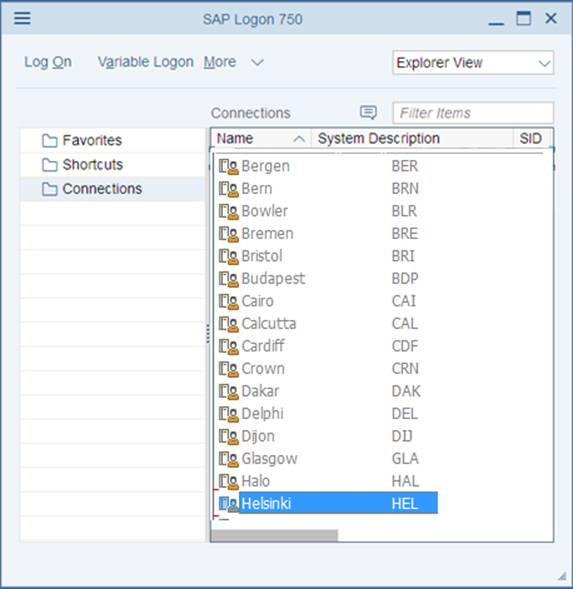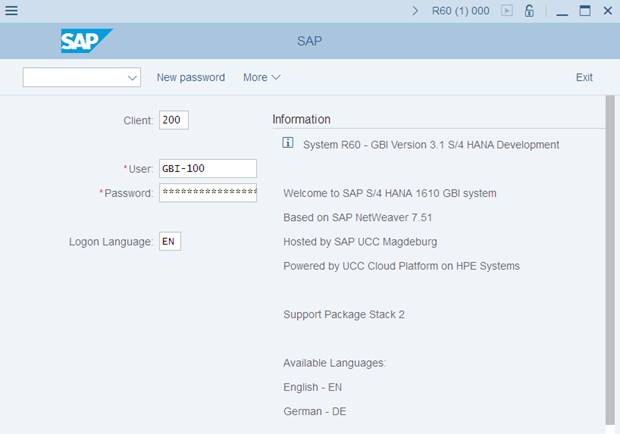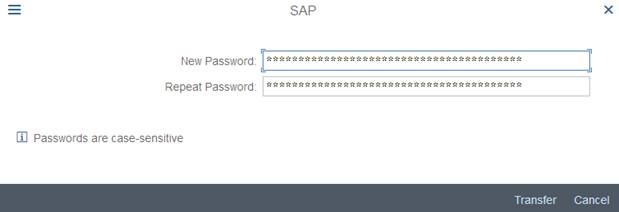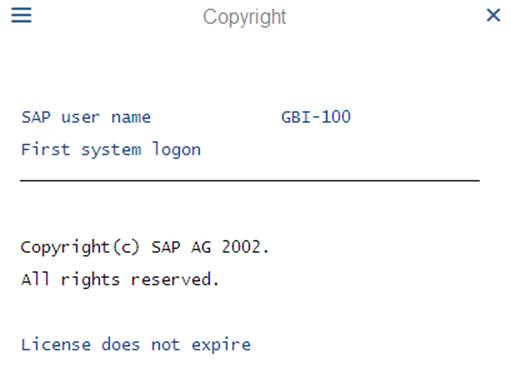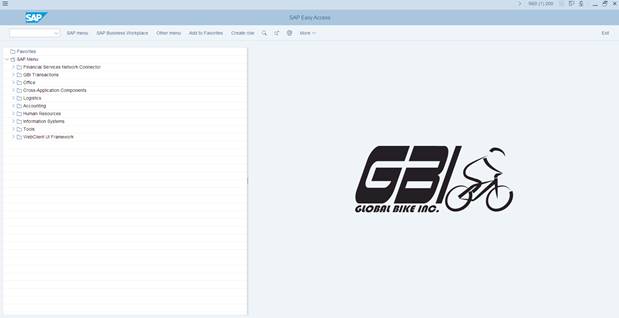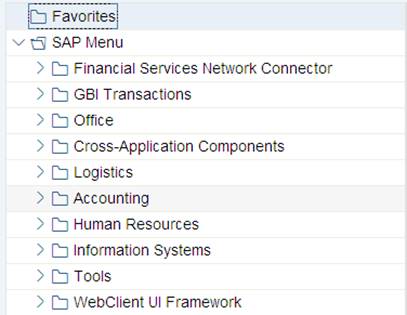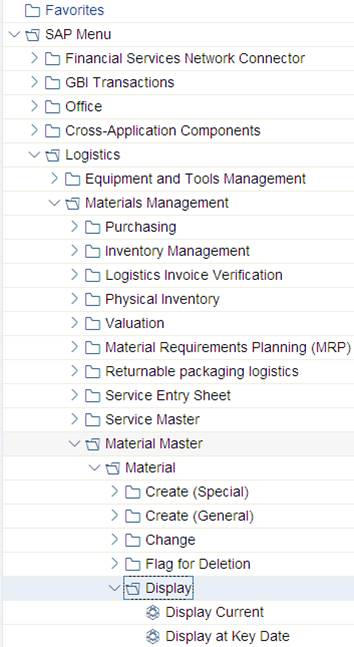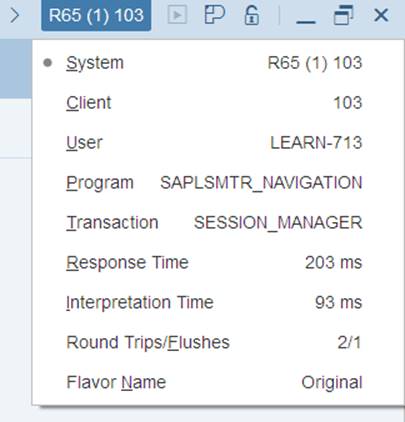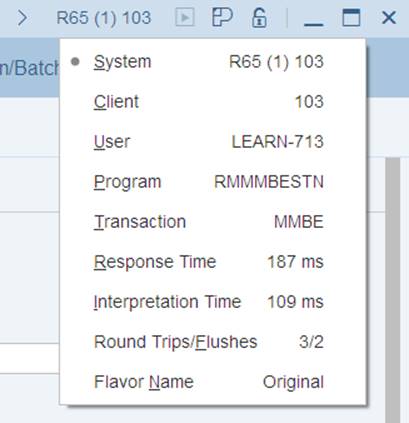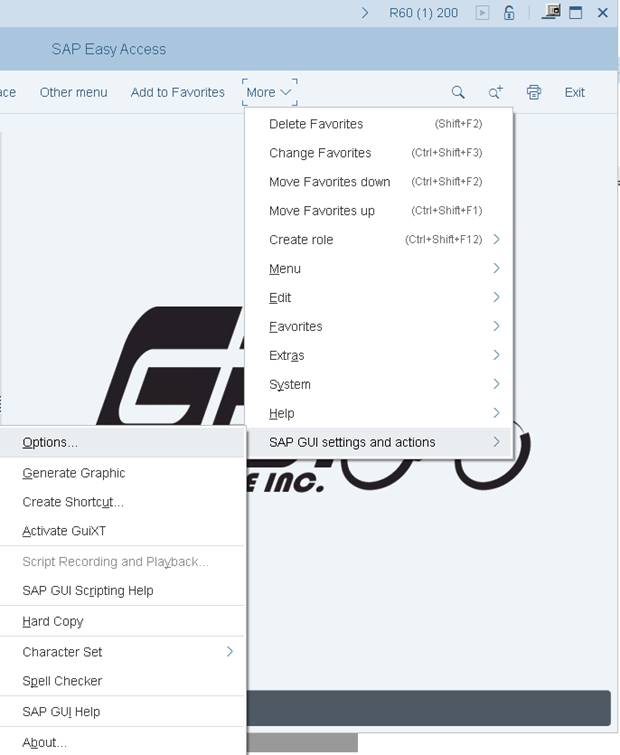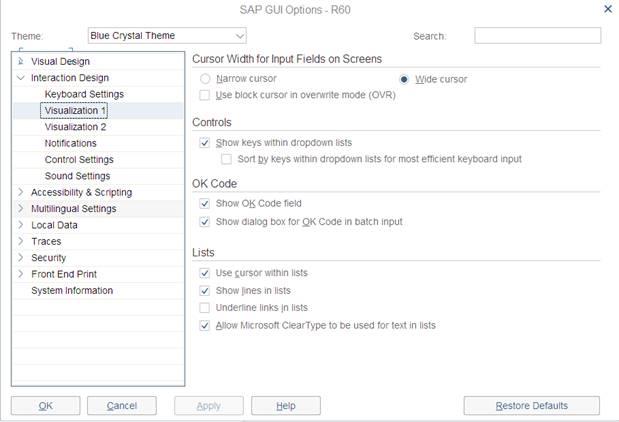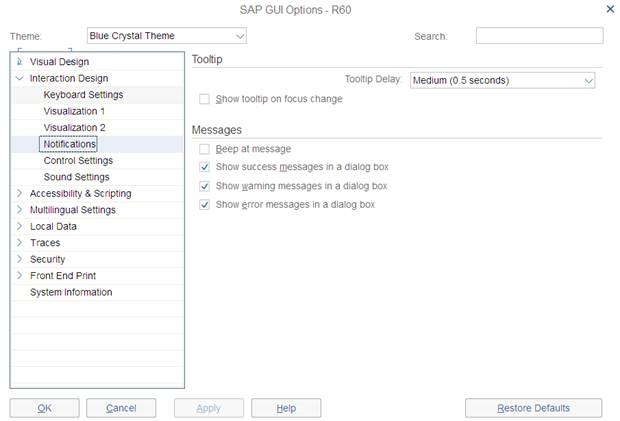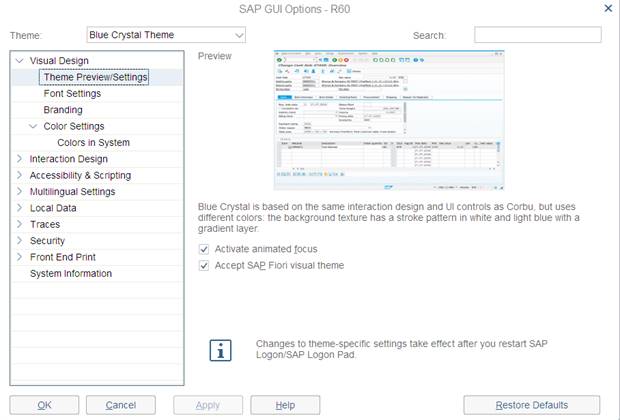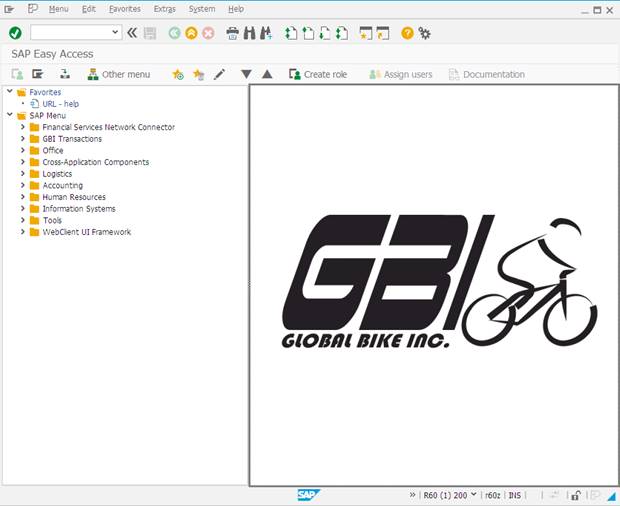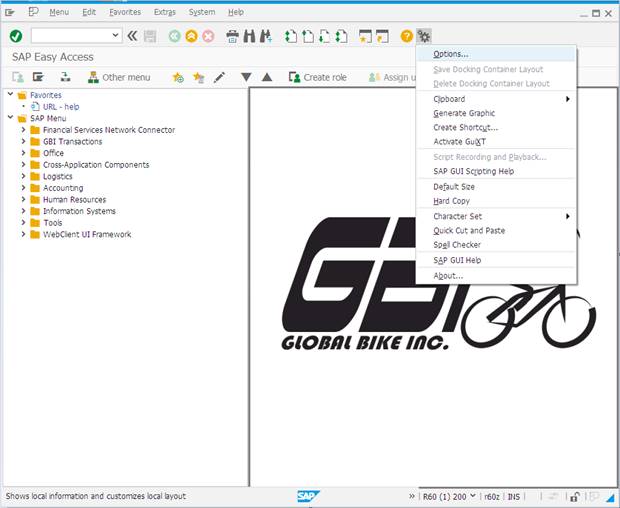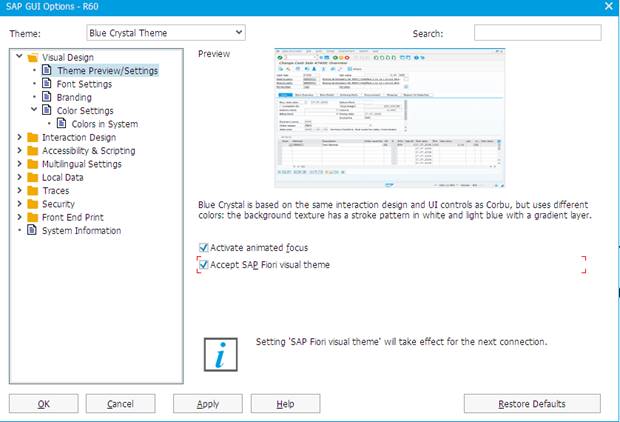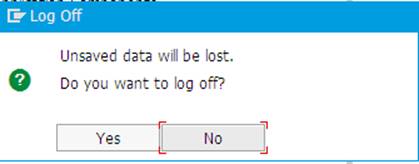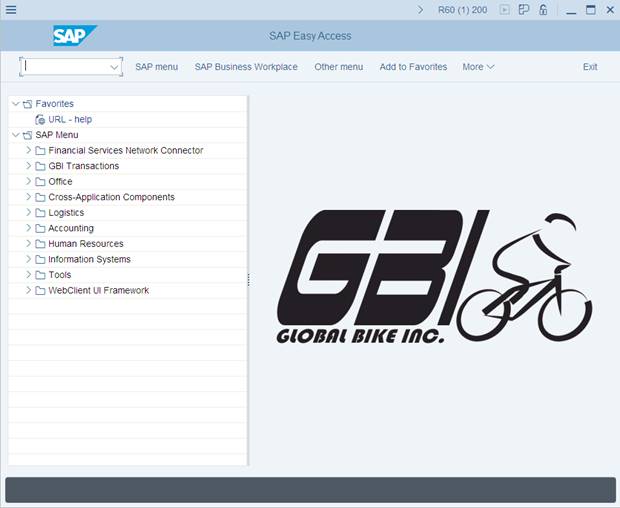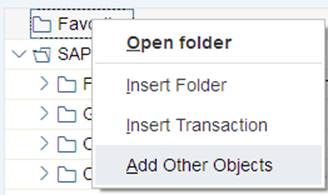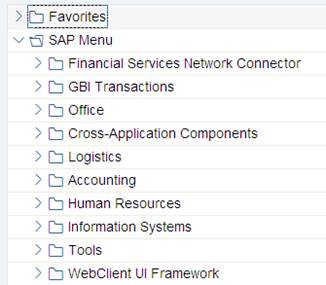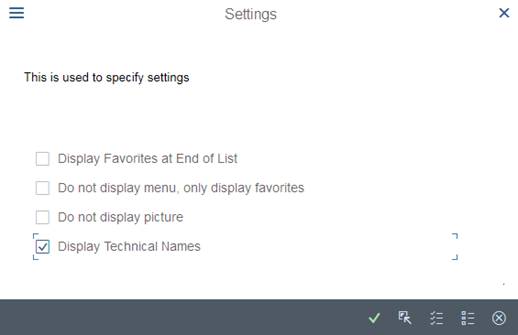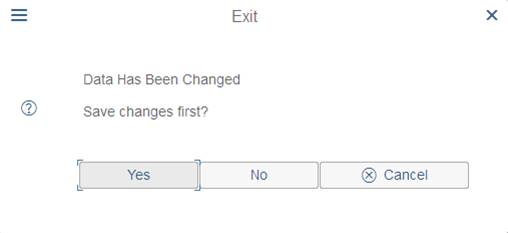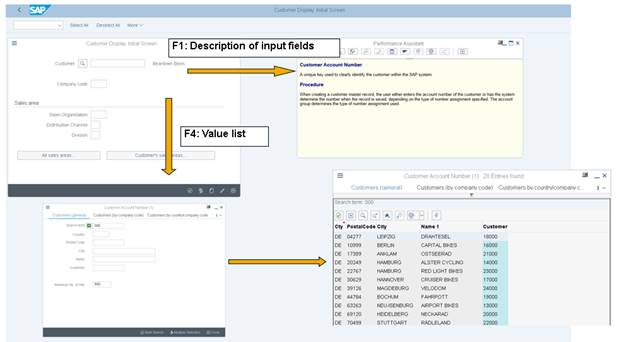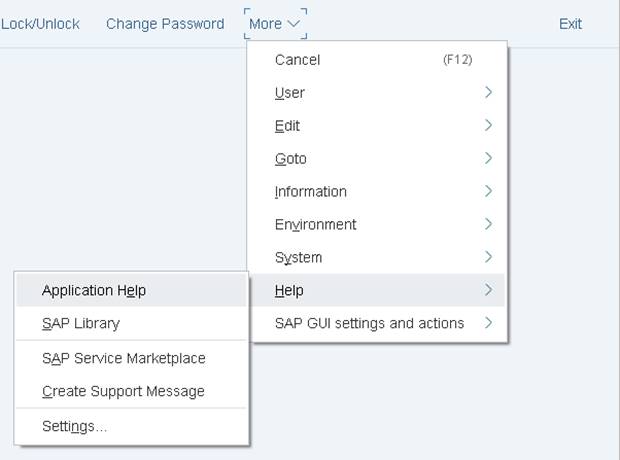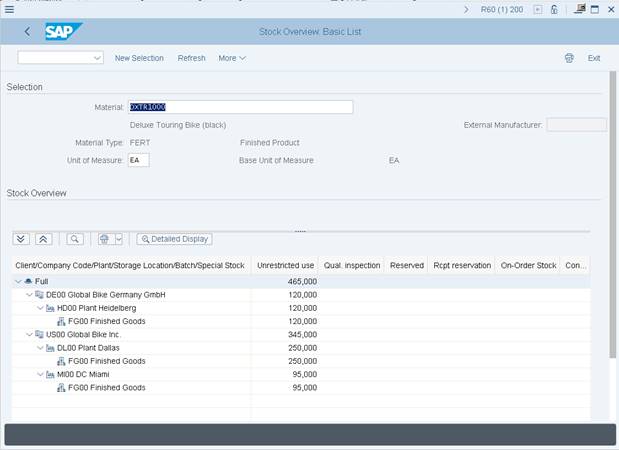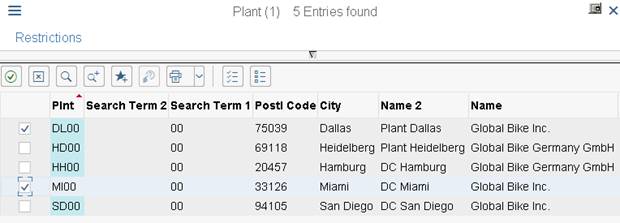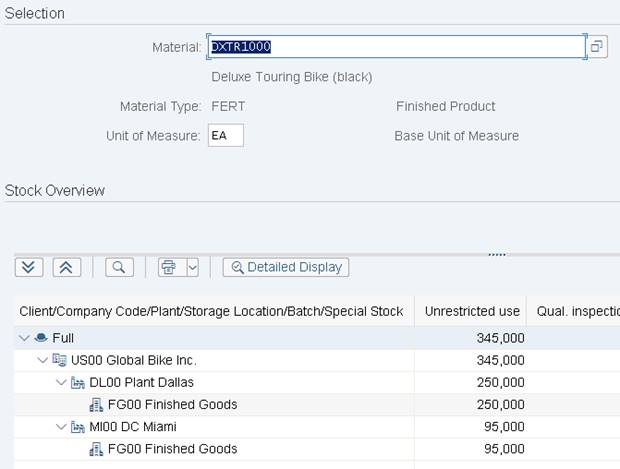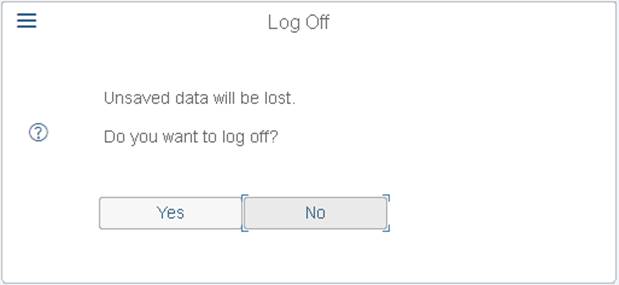SAP logon assignment help
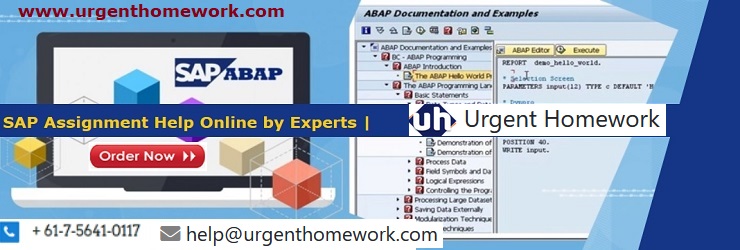
Hire The Best SAP Assignment Help Experts
Along with their regular study that goes to obtain the necessary knowledge of SAP, students may also be told to submit assignments from time to time to check their level of understanding and their competence level of the subject. With all the time spent in gathering the know-how of how to implement SAP practically, to taking down notes and sitting for exams, a student has so much to do with very little time on hand. Hence, students may face difficulties in completing their SAP assignments on their own. With so much happening and with so little time on hand, students often look for ways that can help smoothen and ease the complexity level. This is when they look for SAP programming assignment help.
Various Modules Covered By Our SAP Assignment Help Experts
As per our experts who provide efficient quality SAP assignment help Australia, SAP is excessively used in many bigger multinational enterprises and various middle-sized corporate firms because SAP handles every process and acknowledges a variety of tools such as process planning, analyzing, implementing, and integrating with different sources of interfaces efficiently. However, to make their work easy, they designate various experts to help managers as well as the employees by making them understand the variety of tools that controls a whole organization. Various modules covered by our team of SAP assignment services are given down below:
Project System - The following concept involves the basic yet most important aspect of a project which includes project planning, project reporting, preparation, reporting, and project cost. Feel free to contact our SAP assignment experts who can help you at your doorstep.
Production Planning - According to our experts who provide SAP assignment help online, production planning can include sales and production planning, routing, material requirement planning, production orders, work center, etc., and many other dimensions of processes that relate to production planning.
Quality Management - SAP can be also used for performing quality inspections within the dispersed warehouse. If you want to know about quality management, quality control implications, quality certifications, etc., you can contact our SAP assignment help Australia.
Sales and Distribution - Sales and distribution often form the most important elements of any process. It involves the management of billing, shipping, and selling your services or products in an organization. Our team of SAP assignment help can assist you in understanding sales management and information, shipping and transportation, EDI, and much more.
Management of Materials - The process assists in handling the simplest of the tasks related from procurement to final payment. It covers specific components of purchasing, inventory, material warehouse management, vendor valuation, etc.
Supply Chain Management - Supply chain management is a crucial part of any business. SAP systems include important aspects of credit management, collections management, treasury and risk management, etc.
Maintenance of the Plant - The inclusion of every vital aspect related to plant maintenance and administration comes under this module. Processes such as preventive planning, maintenance planning, etc. can be easily understood by the means of our SAP assignment services.
Sample of SAP Logon Assignment Help Solved By the Expert
Human Resource Management - Everything which is related to organizational management, personnel management, personal administration, time management, recruitment salary, and payment, and much more. Our experts who provide SAP assignment help students take care of every smallest of the tasks which are important from the point of view of assessments.
Financial Accounting and Controlling - The following component involves the concepts of general ledger accounting, bank accounting, accounts payable, budgeting and monitoring, accounts receivable, cash management, product cost accounting, TDS calculation, profitability analysis, and much more.
Navigation in SAP Systems
Introduction to Navigation in SAP solutions on the basis of SAP ERP
|
Step 1: Logging On | ||
|
Task Log on to the system. Short Description Use the SAP GUI to log on to the SAP system. |
Time 10 Min. | |
|
Find and double-click on the icon depicted on the left side of this page that you can find on your desktop. If it is not there, choose Start ► All Programs ► SAP Front End ► SAP Logon
A dialog box similar to the one shown below appears. Select the SAP system specified by your lecturer and choose Log on or Enter. |
SAP Logon | |
|
| ||
|
The logon screen appears. The system requests the client, your user, password, and preferred language. | ||
|
|
Client: _ _ _ User: _ _ _ _ _ _ _ Password: _ _ _ _ _ _ _ Logon Language: _ _ | |
|
Before you log on, you need to know the definition of the term “client.” | ||
|
SAP systems are client systems. With the client concept several separate companies can be managed in one system at the same time. Clients are the highest organizational level in the system. In business terms, each client can represent a group of companies, a company, or a firm – regardless of the size of the organization. In commercial, organizational and technical terms, a client is therefore a self-contained unit with separate master records and its own set of tables. In SAP systems, different clients are identified by their client numbers. |
Client | |
|
Use the client number given by your instructor. For you to be able to log on as a user, a user master record must be created for you in the relevant client. For reasons of access protection, you must enter a password when you log on. Your password entry is case-sensitive. SAP systems are multilingual. Choose the language for your session in the Language field. Then choose Enter. |
Logon screen | |
|
Enter the user name, the initial password and the logon language given by your lecturer. When you log on for the first time, a dialog box appears in which you enter your new individual password twice. Client: _ _ _ User: LEARN-### (### is a placeholder for your unique number, this ranges between 001 and 999. Each student is assigned a number that they will use throughout the exercises, and to log onto the system with) Password: (Supplied by your instructor)à log on | ||
|
| ||
|
The first time you log on you will see a copyright note. Confirm it with
| ||
|
| ||
|
The initial screen with the SAP Easy Access Menu appears. | ||
|
| ||
|
Step 2: Initial Screen | ||
|
Task Get familiar with the SAP system screen. Short Description Identify and familiarize with each element of the SAP system screen. |
Time 10 Min. | |
|
This is the initial screen as described in more detail below. | ||
|
|
Initial screen | |
|
Menu Bar |
Menu Bar | |
|
| ||
|
The displayed menus depend on the action/transaction in the SAP system except for the system and help menu. This dependency is described as context sensitive. | ||
|
Title Bar |
Title Bar | |
|
| ||
|
The title bar displays the name of the transaction you are currently using. It is located on every primary window and dialog window under the standard toolbar and above the application toolbar. | ||
|
Application Toolbar |
Application Toolbar | |
|
| ||
|
The application toolbar contains icons and buttons applicable to the transaction you are currently using. Example: Transaction SU01 User Maintenance: Initial Screen. | ||
|
SAP Easy Access Menu The SAP system displays the SAP Easy Access menu on the start screen as standard. It enables you to navigate in the system using a clear tree structure. Click on the small arrows to expand the menu tree. The menu tree is specific to your role (business function in the company). |
SAP Easy Access Menu | |
|
| ||
|
Exercise Open the following tree structure! | ||
|
| ||
|
Exercise 1 1.1 What is the difference between the transactions Display Current and Display at Key Date? | ||
|
Status Bar |
Status Bar | |
|
| ||
|
The status bar shows information over the actual system status. You find it in the upper corner of your screen. | ||
|
Click on the actual system. | ||
|
| ||
|
There you find information about your client, user and also the current transaction. | ||
|
Follow the menu path: Logistics à Materials Management à Inventory Management à Environment à Stock à Stock Overview | ||
|
You are now in the transaction Stock Overview: Company Code/Plant/storage Location/Batch . Click again on the current system. You will now see the transaction code MMBE. | ||
|
| ||
|
Choose | ||
|
Success-, Warning- and Error messages |
Success-, Warning- and Error messages | |
|
| ||
|
The status bar shows information about the current system status as well as warning and error messages. | ||
|
Step 3: Customize Local Layout | ||
|
Task Use the menu to change user-specific settings. |
Time 10 Min. | |
|
Choose More ► SAP GUI settings and actions and select Options. |
Local Layout | |
|
| ||
|
Within the new screen, expand Interaction Design and select Visualization 1. Activate the checkbox for Show keys within dropdown lists. | ||
|
| ||
|
You can adjust warnings to not only show up within the status bar but within pop-ups as well. To do so, select the point Notifications and activate the respective checkboxes for showing success, warning and error messages in a dialog box. | ||
|
| ||
|
Press Ok to save your changes. | ||
|
Now expand Visual Design and select Theme Preview/Settings. | ||
|
| ||
|
The SAP GUI recognizes whether SAP-Fiori is activated on your system. If so, the GUI automatically takes the SAP Fiori theme. The SAP Fiori Theme checkbox is automatically selected. | ||
|
By deselecting the checkbox there is the possibility to return to the old design. After you deselect the checkbox, click
| ||
|
Now log in again with your user and password. As you can see, the surface has changed. | ||
|
| ||
|
To undo the previous change, click | ||
|
| ||
|
Expand Visual Design and choose Theme Preview / Settings. Select the Accept SAP Fiori visual theme check box. | ||
|
| ||
|
After that click | ||
|
Choose | ||
|
| ||
|
Now log on again. The new interface is displayed. | ||
|
| ||
|
| ||
|
Step 4: Favorites | ||
|
Task Create personal favorites. Short Description Create your own favorites in SAP GUI and add objects to them. |
Time 10 Min. | |
|
If you frequently use a transaction, you can use drag&drop to add it to your favorites (or choose Favorites ► Add). You can then double-click it to run it without having to navigate through the SAP Easy Access menu. Furthermore, you can add folders, reports, files and web addresses as favorites. |
Other objects | |
|
By clicking Favorites with the right mouse button, you can create your own hierarchical folder structure. You can add any link to your favorites, to do so click Favorites with the secondary mouse button. Choose Add other objects then Web Address or File. In the dialog box, enter a name and the URL shown below. To confirm choose
| ||
|
| ||
|
Exercise 2 Create/Expand your own favorites menu. 2.1 Add the SAP Help Portal using the URL help.sap.com . 2.2 Add the following transaction as a favorite: Logistics ► Sales and Distribution ► Sales ► Order ► Display | ||
|
Step 5: Transaction Codes | ||
|
Task Get familiar with SAP transaction codes Short description Learn how to effectively make use of SAP transaction codes and parameters. |
Time 10 Min. | |
|
There are several possibilities to call up transactions in the SAP system. |
Transaction Concept | |
|
The quickest way to run a transaction in the SAP system is to enter the transaction code. Every transaction has a code, which generally has four characters. |
Transaction Code | |
|
SAP Easy Access Menu By navigating through the SAP Easy Access Menu and using path structures you get to the transactions. Then double-click on the transaction to run it. |
SAP Easy Access Menu | |
|
| ||
|
Transaction Code Every business transaction (not every screen) has a corresponding transaction code in SAP. To display transaction codes, choose More► Extras ► Settings and select Display technical names. |
Transaction Code | |
|
| ||
|
| ||
|
Note: The command field in which transaction codes are entered can be found on the upper left. | ||
|
| ||
|
You can use various control parameters to influence what happens to the session when you call a transaction. | ||
|
/n Exits the current transaction /i Closes the current session /o List of all modes (with option to delete and create new) |
/n /i /o | |
|
It is also possible to use /o to open a transaction in a new mode. Assume that you are in the transaction Business Partner (BP) and want to open a new mode for the transaction Stock Overview (MMBE). To do this, enter the command field /oMMBE. After you have clicked Enter, a new mode opens with transaction MMBE. | ||
|
There is the possibility to open several GUI windows in parallel. If you want to create a new GUI window, choose
| ||
|
To close a window, select | ||
|
Exercise 3 3.1 What is the business process performed using transaction code VA03? 3.2 What is the business process performed using the menu path: Logistics ► Sales and Distribution ► Master Data ► Business Partner ► Customer ► Display ► Complete? 3.3 Which transactional processes are performed using the following transaction codes? | ||
|
When leaving a transaction with | ||
|
| ||
|
User specific settings Using the command field enter transaction SU3 and switch to the Defaults tab. In this tab, general settings like Logon Language, Decimal Notation and Date Format can be determined for your user. Please choose EN (English) for Logon Language, 1,234,567.89 for Decimal Notation and MM/DD/YYYY as Date Format. | ||
|
| ||
|
Save your entries using | ||
|
Exercise 4 For the following exercise switch to transaction VA03, to do so leave the current transaction by using 4.1 How many sessions can be open in the system in parallel? ( Tip Click on the corresponding icon until the system does not create another session.) | ||
|
Step 6: Help | |||
|
Task Get familiar with SAP’s help functions. Short Description Get familiar with help functions in SAP systems. Use the F1 and F4 help as well as the SAP Help Portal. |
Time 10 Min. | ||
|
Several types of help are available in the SAP system. The most frequently used ones are the F1 and F4 keys. |
F1 and F4 help | ||
|
| |||
|
F1 provides you with explanations for fields, menus, functions, and messages. In the F1 help, you can choose
|
F1 | ||
|
F4 gives you information and possible entries. You can also use the F4 help by choosing
|
F4 | ||
|
Further help can be found in the help menu. Choose Application Help or SAP Library to open the online SAP Library. You can also access it on the Internet at help.sap.com. | |||
|
| |||
|
Exercise 5 5.1 Call up transaction VA01 and select the field Distribution Channel. Press the F1-button. 5.2 Close the window with definition of the Distribution Channel. Stay in transaction VA01. Click the field Order Type and press F4. What do the order types SO and OR stand for? 5.3 What is the difference between these two types of orders? | |||
|
Step 7: Multiple Selection | |||
|
Task Understand and perform multiple selection. Short description Understand and perform multiple selection in SAP GUI and get to know useful hints about it. |
Time 10 Min. | ||
|
Choose transaction MMBE to get to the Stock Overview Screen. Display the stock from the plants in Dallas and Miami. | |||
|
Please assure, that when you enter the two plants ( DL00 and MI00) in the overview as shown below, you will not get the correct result. | |||
|
| |||
|
As you will see in the following screen, the plant in Heidelberg was chosen as well. This is due to the fact that the SAP system displays all plants which range alphabetically between DL00 and MI00. | |||
|
| |||
|
Therefore click Choose multiple selection |
DXTR1000 | ||
|
| |||
|
Afterwards select Execute | |||
|
| |||
|
Step 8: Working at GBI | ||
|
Task Display GBI information in SAP GUI. Short Description Navigate through the SAP systemto display the most important information of your enterprise in GBI. |
Time 15 Min. | |
|
Exercise 6 6.1 How many black Deluxe Touring Bikes do you have in stock? 6.2 Which customers can be identified in GBI? 6.3 What is a debtor? | ||
|
Step 9: Logging Off | |||
|
Task Log off the system. Short Description Log off the SAP system. |
Time 5 Min. | ||
|
Choose |
Log Off | ||
|
| |||
|
Navigation 2: SAP Easy Access Menu | ||
|
1.1 What is the difference between the transactions Display Current und Display at Key Date? | ||
|
Solution Step 4: Favorites | ||
|
Create/Expand your own favorites menu. 2.1 Add the SAP Help Portal using the URL help.sap.com. (Describe in words or add a screen shot showing what you did). 2.2 Add the following transaction as a favorite: | ||
|
Solution Step 5: Transactions | ||
|
3.1 Which business function is displayed with the transaction code VA03? | ||
|
3.2 Which business function describes the menu path Logistics ► Sales and Distribution ► Master Data► Business Partner ► Customer ► Display ► Complete ? | ||
|
3.3 What is the difference between the transactions VD03 and XD03? | ||
|
3.4 Which transactions do you call with the following transaction codes? | ||
|
4.1 Which meanings do the following symbols in the Standard Toolbar have? (Tip: By pausing the cursor over an icon, a help text is depicted. If there is no help text for each icon you simply have to go into a transaction.) | ||
|
4.2 Why is the icon (Save) grayed out in the initial screen? | ||
|
4.3 Which of the following icons can create a new session? | ||
|
4.4 How many sessions can be open in the system parallel? (Tip: Click on the corresponding icon until the system does not create another session.) | ||
|
4.5 What is the difference between the icons and ? | ||
|
Solution Step 6: Help | ||
|
Run transaction VA01 and click in the Distribution Channel field. Then, press the F1 key. 5.1 What is a distribution channel (in a few key words)? | ||
|
5.2 Close the window with the definition of the Distribution Channel. Stay in transaction VA01. Click the field Order Type and press F4. What do the order types SO and OR stand for? | ||
|
5.3 What is the difference between these two types of orders? | ||
|
Solution Step 8: Working at GBI | ||
|
6.1 Check the stock of black Deluxe Touring Bikes (Plant HD00). | ||
|
6.2 Which GBI customers can you identify? | ||
|
6.3 What is a customer? | ||


